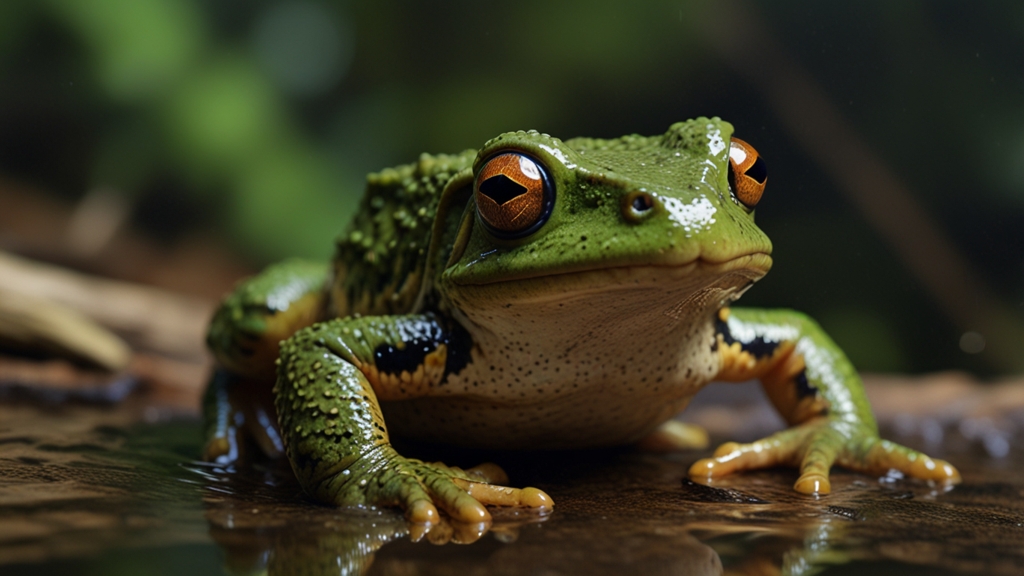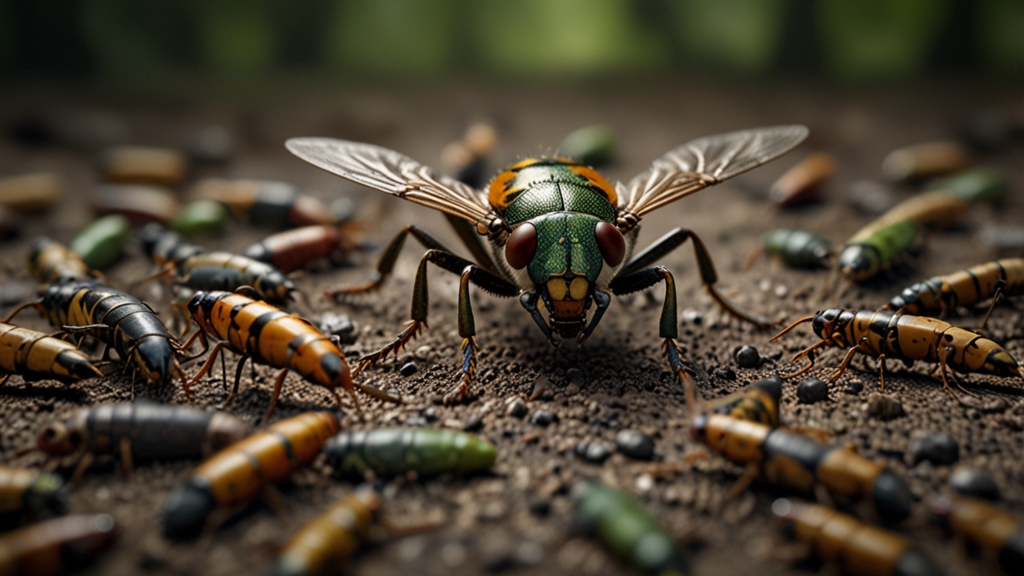How Domestic Animals Manage Stress: Tips for Happy Pets
Just like humans, domestic animals experience stress. While a certain amount of stress is normal and can be a part of life, chronic stress can lead to negative health outcomes for pets. Understanding how animals manage stress and implementing strategies to help them cope can lead to happier and healthier pets.
Identifying Stress in Pets
Recognizing the signs of stress in pets is the first step in managing it effectively. Cats, dogs, and other domestic animals often exhibit stress through changes in behavior, such as:
- Altered Eating Habits: A sudden decrease or increase in appetite can be a sign of stress.
- Isolation or Clinginess: Pets may isolate themselves or, conversely, become overly clingy when stressed.
- Changes in Grooming: Excessive grooming or neglecting grooming can be indicators.
- Vocalization: Increased barking, meowing, or whining suggests a higher stress level.
- Aggression or Fear: Any sudden changes in temperament, such as increased aggression or fearfulness, can signal stress.
Common Causes of Stress in Pets
Several factors contribute to stress in pets. Understanding these can help pet owners mitigate stress effectively.
- Environmental Changes: Moving to a new home, introduction of new family members (including other pets), or changes in routine can be stressful.
- Loud Noises: Thunderstorms, fireworks, or even construction noise can cause significant anxiety.
- Health Issues: Pain or discomfort due to illness or injury can also cause stress.
- Lack of Mental and Physical Stimulation: Pets need regular exercise and mental challenges to stay happy and healthy.
"A happy pet is a loved pet. Ensuring their environment is stable, stimulating, and attentive to their needs reduces stress and enhances their overall well-being."
Strategies to Help Pets Manage Stress
1. Provide a Safe Space
Creating a designated safe space where your pet can retreat when feeling overwhelmed is essential. This could be a quiet room or a cozy corner with familiar toys and bedding.
2. Maintain Routine
Animals thrive on routine. Keeping feeding times, walks, and playtime consistent helps reduce anxiety. Make gradual changes to the routine if necessary, giving your pet time to adjust.
3. Use Calming Aids
Various calming aids can help soothe stressed pets, such as pheromone diffusers, calming treats, or anxiety wraps. Consult your veterinarian for recommendations tailored to your pet's specific needs.
4. Provide Enrichment
Mental and physical stimulation is crucial for reducing stress. Engage pets with interactive toys, training exercises, and regular play sessions. For dogs, this might involve new tricks or games, while cats might enjoy puzzle feeders or climbing structures.
5. Regular Vet Visits
Regular check-ups with the veterinarian can catch potential health issues early, helping to manage any stress-related to physical discomfort.
6. Monitor Your Own Stress Levels
Pets often pick up on their owners' emotions. Maintaining a calm environment and practicing stress-relief techniques yourself can positively impact your pet's emotional state.
"Animals are more than just pets; they are family. Taking steps to manage their stress ensures they lead fulfilling and joyful lives."
Conclusion
Managing stress in pets is an ongoing process that requires observation, understanding, and proactive steps. By identifying stressors, maintaining a stable environment, and providing adequate mental and physical stimulation, pet owners can help ensure their furry friends lead happy, stress-free lives.
Remember, a little effort goes a long way. By paying attention to your pet's needs and implementing these strategies, you can create a safe and loving environment that promotes their overall well-being.









